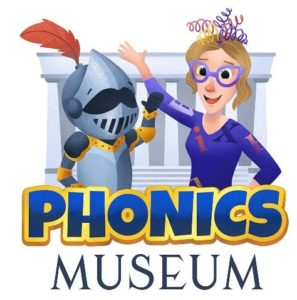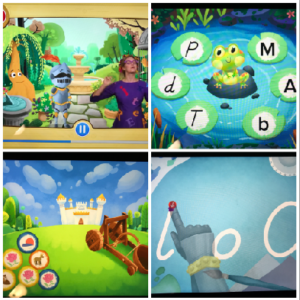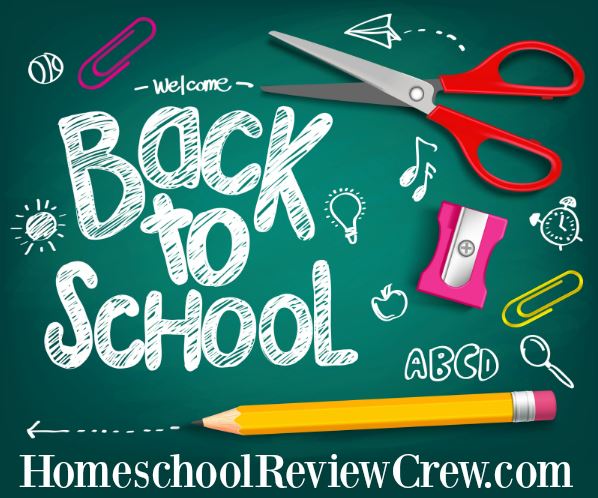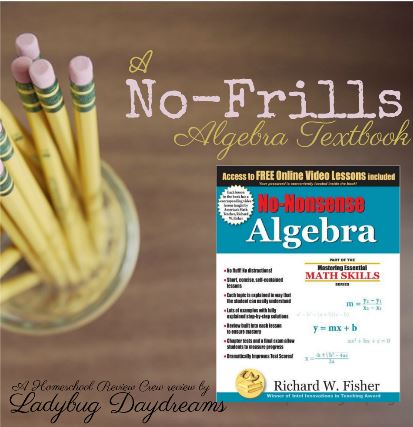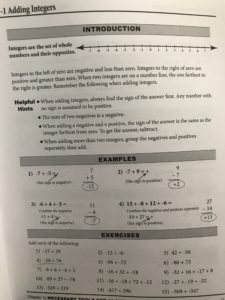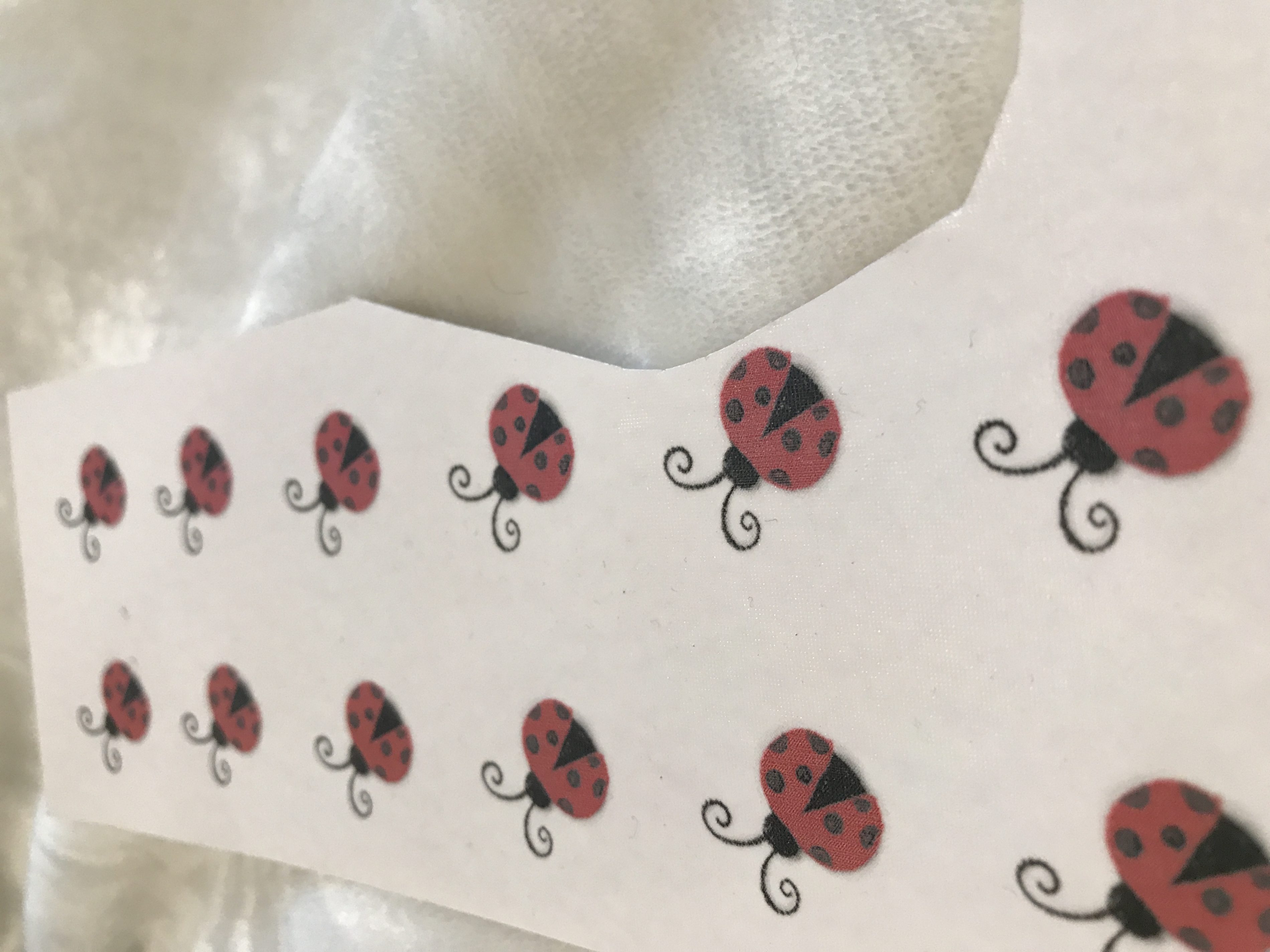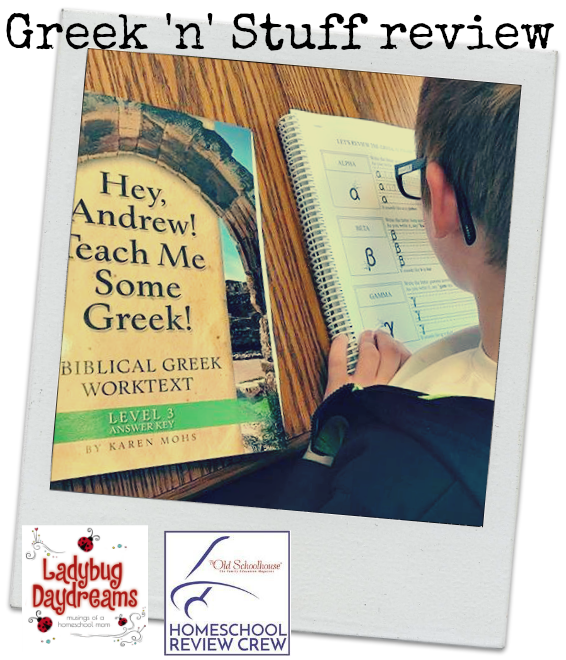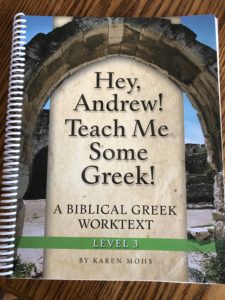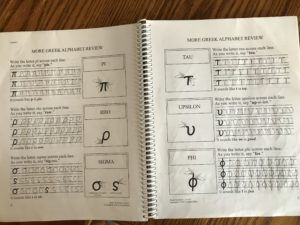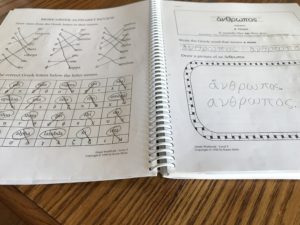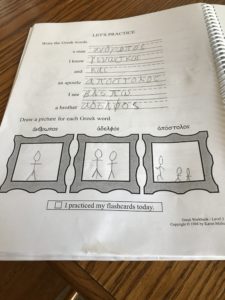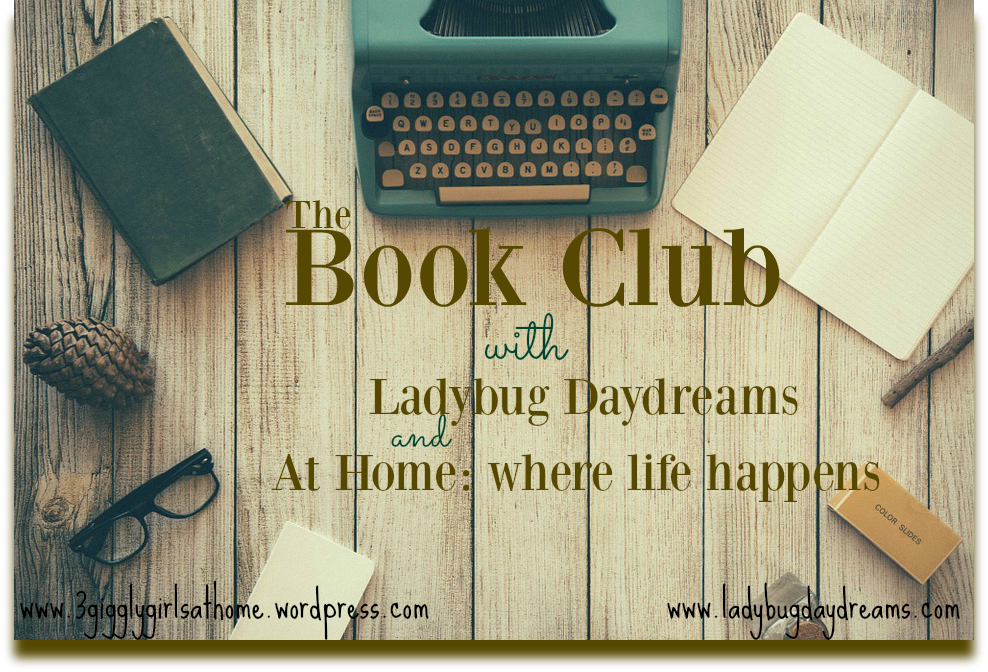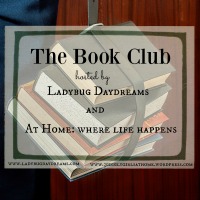A Journey Through Learning (review)
I love creating lap books with my children. I think they’re such a neat way to showcase the things a child has learned, but they can sometimes be cumbersome to try to figure out how to fill if you’re working from scratch. This is where companies like A Journey Through Learning Lapbooks come in. For this review, Munchkin and I worked on their lapbook entitled The Greatest Inventors.
I received a downloadable PDF from which I was able to print all the elements to create the lapbook (except the file folders, but I got a pack of 25 for under $4 at Walmart). Included in the PDF were not only a large variety of creative mini books as well as information on all the different inventors covered. These include:
- Johannes Guttenberg
- Benjamin Franklin
- John Deere
- The Wright Brothers
- Louis Braille
- Leonardo da Vinci
- Thomas Jefferson
- Galileo Galilei
- George Stephenson
- Thomas Edison
- Dr. Jonas Salk
- George Washington Carver
- Henry Ford
- Alexander Graham Bell
- Robert Fulton
- Guglielmo Marconi and George Eastman
- Eli Whitman
 In addition to studying all of these great inventors, there are mini books for students to explore what an invention is, their favorite invention and inventor of the study, and to create their own invention.
In addition to studying all of these great inventors, there are mini books for students to explore what an invention is, their favorite invention and inventor of the study, and to create their own invention.
Once the pages were printed, doing the actual study was quite simple. I would have Munchkin read the information page on the inventor and then work through the instructions on the mini book for that inventor. It was usually just answering a couple of questions about the inventor and folding or cutting/gluing the elements together and then pasting them into the file folder.
To keep this study light, easy, and fun for summertime, I had Munchkin work on about 2 inventors per week. At this pace, he’ll finish up in about two more weeks from now. If we’d been working during the school year, I imagine the pace would have been comparable, but we would have been a lot more intense in our studies; I would have had him learn more about each inventor than just what was included in the information page in the lapbook study itself.
It’s been a long time since we’ve done a lapbook in our homeschool, and doing this review has reminded me just how much I love them. I didn’t learn about lapbooks until the older kids were in upper elementary school, and they (especially Seahawk, who’s going into 8th grade now) already seemed like they were “too old” at that time. Due to this review, Munchkin now realizes that lapbooks are not only a great way to record your learning, but also a lot of fun to build. I specifically asked him if he liked this one, and I was pleasantly surprised when he said that he did. My last memory of lapbooking with either of the older kids was that they didn’t really enjoy it, which is why we haven’t done it. I’m thrilled that he’s become open minded to the prospect of them again.
![IMG_0577[1]](http://www.ladybugdaydreams.com/wp-content/uploads/2017/08/IMG_05771-e1504027657941-300x225.jpg) I also have the blessing of a second “set” of children with whom I can introduce to lapbooking at a young enough age that they’ll appreciate it. Even though this particular lapbook is geared toward grades 2-8, I’m thinking I might do it this school year with Small Fry (Kindergarten) in a more simplified manner. By having me read to him and then having him dictate the answers to fill in the mini books – or even have him answer them in pictures instead of words – I think this could totally work for him.
I also have the blessing of a second “set” of children with whom I can introduce to lapbooking at a young enough age that they’ll appreciate it. Even though this particular lapbook is geared toward grades 2-8, I’m thinking I might do it this school year with Small Fry (Kindergarten) in a more simplified manner. By having me read to him and then having him dictate the answers to fill in the mini books – or even have him answer them in pictures instead of words – I think this could totally work for him.
Overall, even though I was unsure about requesting this review when the opportunity first arose, I’m really glad we got this opportunity. It reminded me just how much I enjoy lapbooks and that I want to start bringing them back to our homeschool.
A Journey Through Learning Lapbooks has tons of lapbooks to choose from. They even have several to go along with outside curriculum, including Apologia and Answers in Genesis. You can choose individual lapbooks for around $8 or bundles, which include between 4 and 7 lapbooks (I didn’t look at all of them, but I looked at a wide variety of the bundles and that’s the range I saw). These bundles range in price from $30 to $45 depending on how many they include. If you want several lapbooks on a single (but wide, such as “natural disasters”) topic, the bundle is definitely the way to go.
Members of the Homeschool Review Crew are reviewing a variety of lapbooks from A Journey Through Learning this week. Click the banner below for more information.
Blessings,

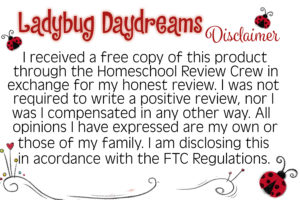


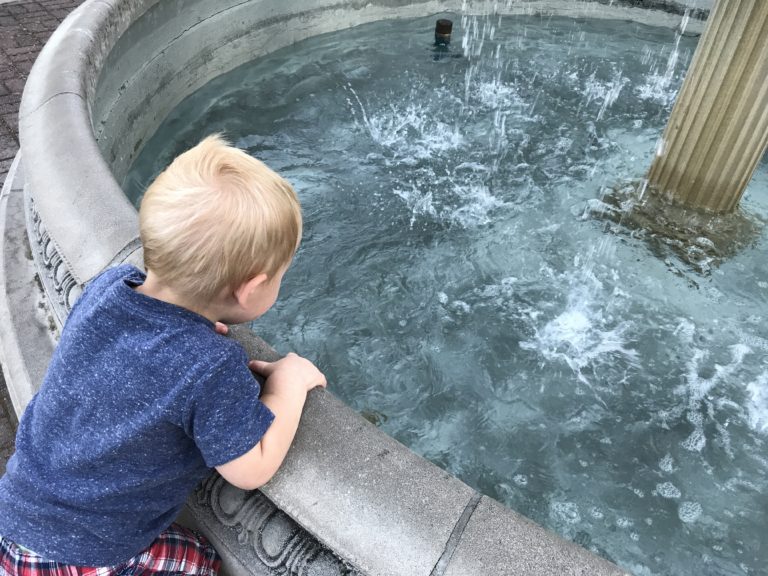
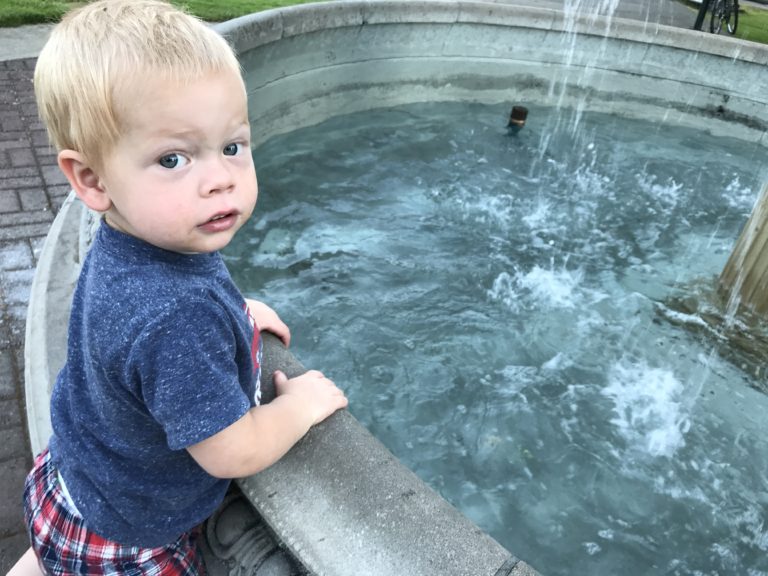
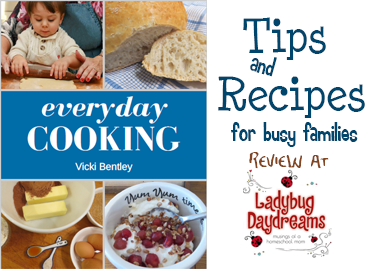
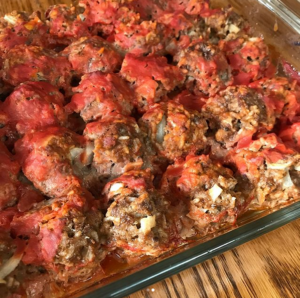
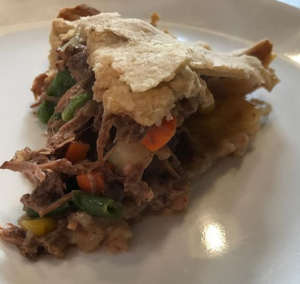
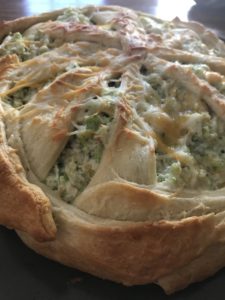
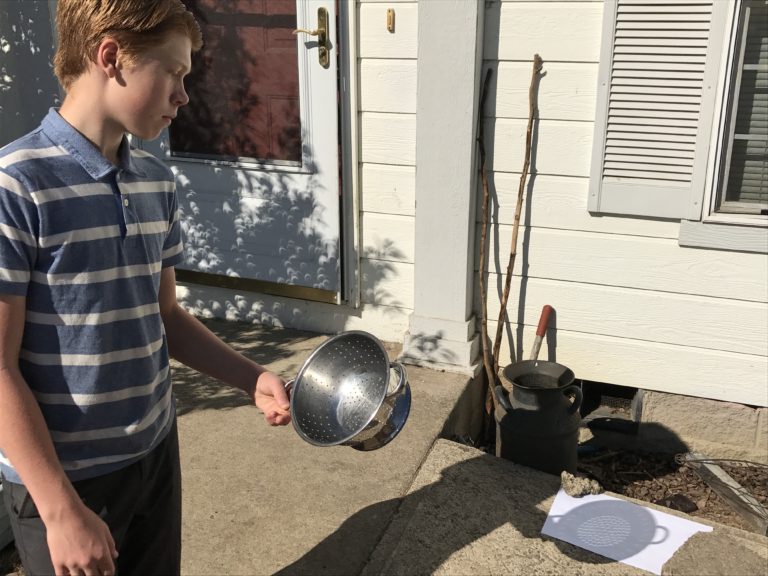
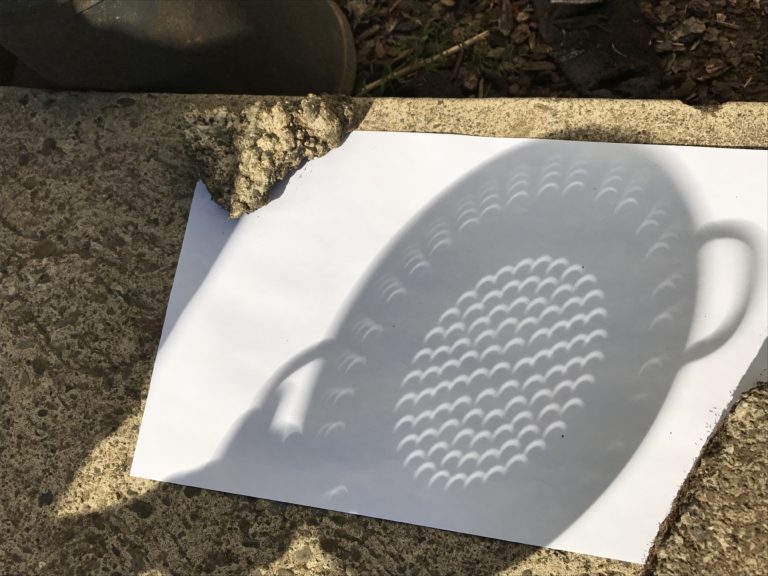
![IMG_0566[1]](http://www.ladybugdaydreams.com/wp-content/uploads/2017/08/IMG_05661-e1503351996103-768x1024.jpg)
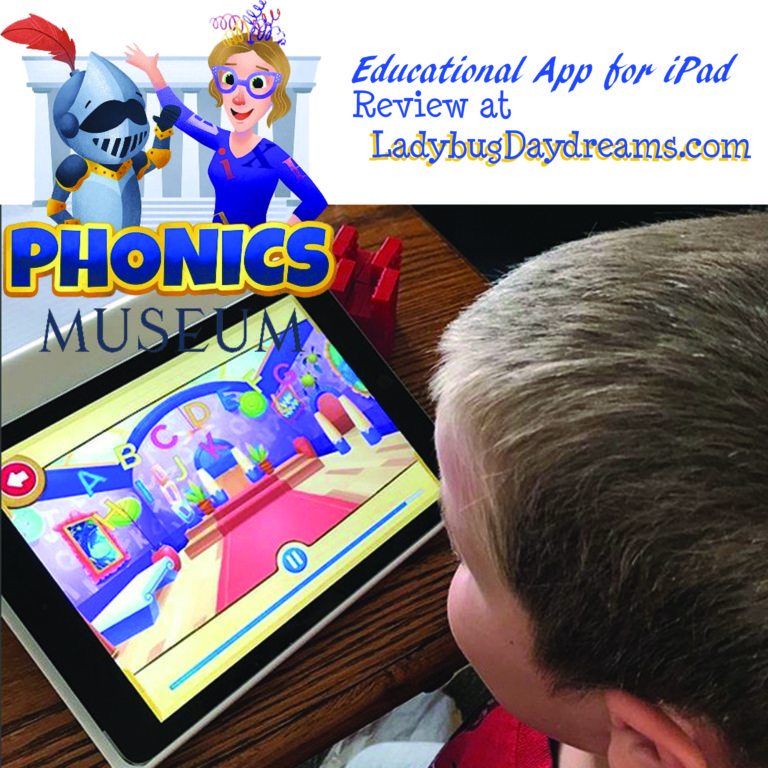
![IMG_0540[1]](http://www.ladybugdaydreams.com/wp-content/uploads/2017/08/IMG_05401-300x225.jpg)
